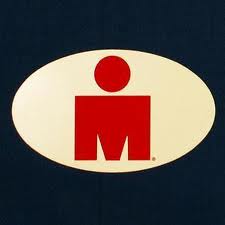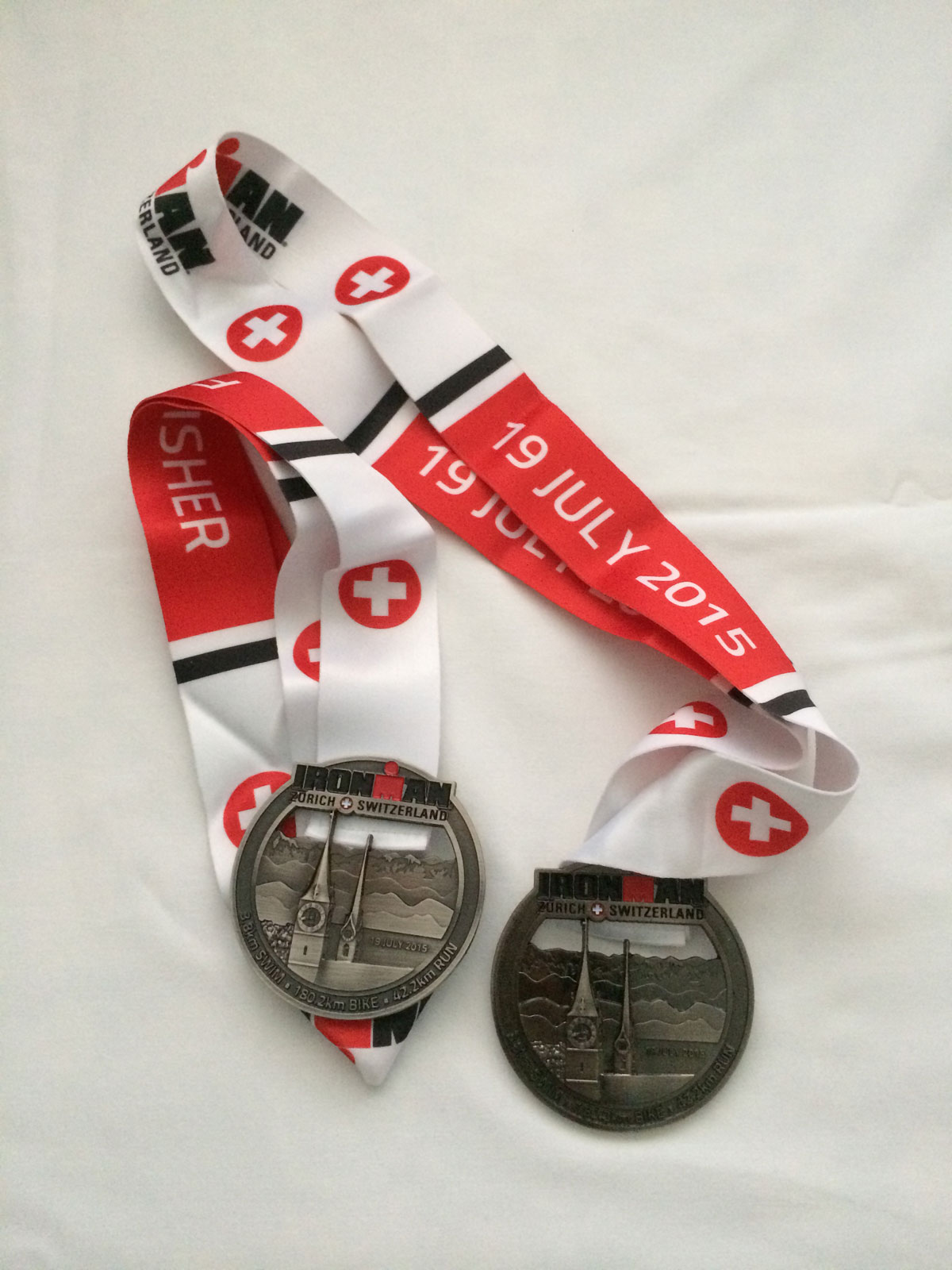Last week’s WSJ article on Ironman branding caused quite a stir among the triathlon community. I had the article sent to me several times, texted to me, posted on my Facebook page and I even got a v-mail about it. And, I have to admit, the WSJ got it right by saying non-M-dot-races struggle to build affinity. Here’s why:
First, iron-distance athletes are a different kind of people. I’ll come back to that shortly.
Second, we live in an era where names matter. From the university that’s plastered across your diploma, to the kind of car you drive, to the brand of jeans you wear. Our society values brand and brand names, and what they seem to represent. Good, bad or otherwise, it’s important (to most of us, that is) to attach ourselves to the implied value of quality, a sense of being somewhat elite, or just good ole fashioned bragging.
Now, back to the iron-distance athletes. One problem we face is communicating what we are doing with two sets of people – those who get it and those who don’t. When communicating with people who are seasoned triathletes, there’s less pressure to justify what you are doing and the toughness of that venture. If you say “hey, I’m doing an Ironman”, versus “hey, I’m doing Vineman”, your fellow athlete knows that it’s still the same 140.6 miles, and he or she probably knows what a tough course it is. Your fellow athlete recognizes that it’s an accomplishment whether it’s put on by the IM folks or some other group. Mutual respect and admiration is easily conveyed.
The issue is when you communicate with non-athletes. I don’t usually get questions like “is that an Ironman race or another 140.6 mile race?” Instead, I’ll usually get questions like “oh, is that a full triathlon?” Or “what are the distances again? Or “how many days to you get to do that?” Don’t get me wrong, I’m thrilled to help educate folks on what a loony-toon I am in my triathlon ventures. But the point is that Ironman has established itself as the premier name in long-distance triathlon racing. The majority of people I encounter have heard of the championships in Hawaii, or have seen the Ironman logo. People have a frame of reference. They know it’s hard, and that you’re somewhat crazy for tackling it. The term Ironman helps us translate the sport of triathlon to people who aren’t as knowledgeable. It’s that simple.
And then, third. There’s one other point that needs to be made. To race an iron-distance event requires not just training. More important than your own preparation is the safety and security that you feel one you get out on the race course. You’re putting your health and welfare on the line that day, and most athletes I know don’t take that lightly. Knowing that you will be taken care of in every way really matters: the quality of the water, the pot-hole-free roads, the aid stations, the abundance of EMTs, the wet suite strippers, the sunblock appliers, the “catchers” at the finish line. To safely put on an event of that caliber – where the typical number of volunteers is double the number of athletes on the course that day – requires experience, know-how and resources. As the article talked about, just “putting up some cones” isn’t enough, and it doesn’t mean you’ll be safe across the day. And, until groups outside of World Triathlon Corp. can demonstrate that they can run a high-caliber race at that distance, safely and consistently – as well as better, cheaper and with an equally as cool vibe – I’ll continue to race the M-dots.
As for the brand “Ironman”, well, that’s just in how you tell your story, right?




